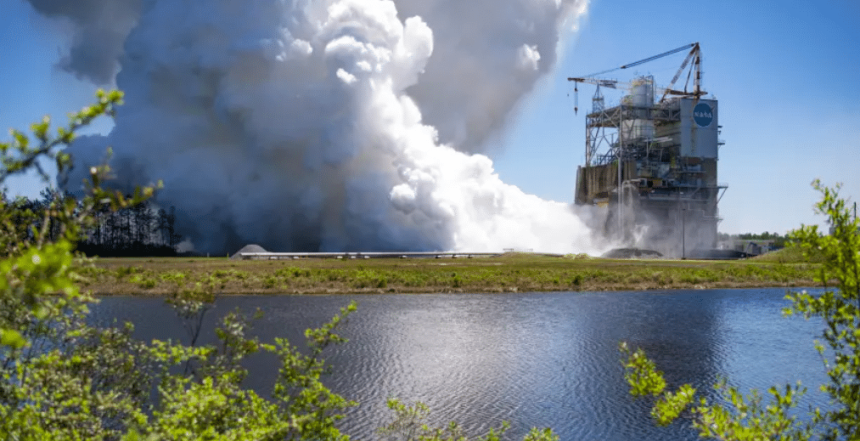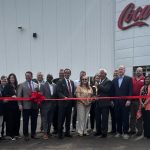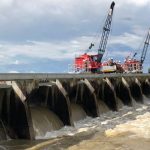NASA has officially completed the engine certification series for upcoming Artemis missions and the Mississippi Gulf Coast played a key role.
The hot fire testing of the new RS-25 engine for future campaigns to the moon and other spots in space was conducted at Stennis Space Center near Bay St. Louis. The 12-test series represents a key step for lead engines contractor Aerojet Rocketdyne, an L3Harris Technologies company, to build new RS-25 engines, using modern processes and manufacturing techniques, for NASA’s Space Launch System (SLS) rockets that will power future lunar missions, beginning with Artemis V.

“The conclusion of the certification test series at NASA Stennis is just the beginning for the next generation of RS-25 engines that will help power human spaceflight for Artemis,” Johnny Heflin, SLS liquid engines manager, said. “The newly produced engines on future SLS rockets will maintain the high reliability and safe flight operational legacy the RS-25 is known for while enabling more affordable high-performance engines for the next era of deep space exploration.”
NASA Stennis’ test team conducted a full-duration, 500-second hot fire to complete the 12-test series on developmental engine E0525, providing critical performance data for the final RS-25 design certification review. The April 3 hot fire completed a test series that began in October 2023.
RS-25 engines are evolved space shuttle main engines, upgraded with new components to produce the additional power needed to help launch NASA’s SLS rocket. The first four Artemis missions are using modified space shuttle main engines also tested at NASA Stennis. For each Artemis mission, four RS-25 engines, along with a pair of solid rocket boosters, power the SLS rocket, producing more than 8.8 million pounds of total combined thrust at liftoff.
“This was a critical test series, and credit goes to the entire test team for their dedication and unique skills that allowed us to meet the schedule and provide the needed performance data,” Chip Ellis, project manager for RS-25 testing at NASA Stennis, said. “The tests conducted at NASA Stennis help ensure the safety of our astronauts and their future mission success. We are proud to be part of the Artemis mission.”
The E0525 developmental engine featured new key components – including a nozzle, hydraulic actuators, flex ducts, and turbopumps – that matched design features of those used during an initial certification test series completed at NASA Stennis last summer.
The two certification test series helped verify the new engine components meet all Artemis flight requirements moving forward. Aerojet Rocketdyne is using techniques such as 3D printing to produce new RS-25 engines more efficiently while maintaining high performance and reliability. NASA has awarded the company contracts to provide 24 new engines, supporting SLS launches for Artemis V through Artemis IX.







